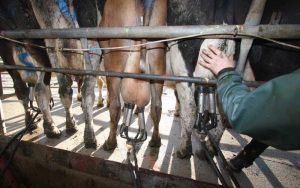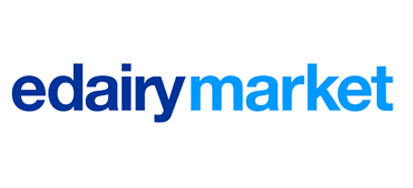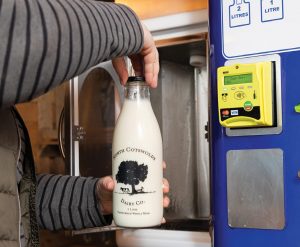Uruguay: Value-Added and Niche Strategies
Meanwhile, Uruguay has opted for a different approach. With stable production and less inflationary pressure, the country has intensified its exports of semi-hard cheeses and higher value-added products.
According to data from INALE (National Milk Institute), Uruguayan cheese exports grew 12% year-on-year in volume and 18% in value during the first half of 2025, with markets like Mexico, Chile, and the United Arab Emirates driving a diversification trend.
The strategy is clear: do not compete on volume or price, but on quality and differentiation. The recent opening of halal and kosher-certified plants in the interior of the country strengthens this direction.
Brazil: The Southern Vacuum Cleaner
Brazil has become the main dairy importer in the Southern Cone. Data from SECEX (Foreign Trade Secretariat) indicate that between January and May 2025, Brazilian WMP imports grew 68% compared to the same period in 2024, with Argentina and Uruguay as main suppliers.
The pressure of internal production costs (fuel, corn, VAT), coupled with adverse weather in the country’s south, has weakened local supply. This has pushed Brazilian industry to seek foreign milk to sustain its supply, directly impacting domestic prices and industrial planning.
The Global Reference: What Should the Southern Cone Be Watching?
In the initial version of this article, it was mentioned that the price of Whole Milk Powder (WMP) at the June 3, 2025, GDT auction was US$ 3,278/ton, and that Argentine exports were taking place below US$ 2,800. Both figures were incorrect.
The actual WMP price at GDT event 382 was US$ 4,173/ton, and the latest data from South Dairy Trade indicates that Argentine WMP exports in April-May ranged between US$ 3,900 and US$ 4,000/ton, very close to international benchmarks.
*The distortion resulted from an error in reading GDT tables and associating them with Argentine product codes (SMP and blends), which have lower values. The mistake has already been corrected in the article.
We take full responsibility and thank the readers who brought this to our attention. We remain committed to providing technical, transparent coverage based on verifiable data.
This divergence casts doubt on the direct applicability of GDT references in South American contexts. In this scenario, NZX remains a key thermometer for global expectations, especially for operators exposed to derivatives and futures. But to understand the specific pulse of the South, a crucial source is emerging: South Dairy Trade.
Launched in 2022 by Dairy Corp, South Dairy Trade is the first regional observatory specializing in South American dairy trade prices and flows. It publishes bi-weekly reports with real export prices, shipped volumes, destinations, spot contracts, and logistics movements for products such as milk powder, cheese, whey, and protein concentrates.
In 2024, for example, it documented Uruguayan exports exceeding 209,000 tons to 71 destinations, with an FOB value near US$739 million, noting that 76% of the value came from whole milk powder.
This tool complements international benchmarks with a sharp, ongoing reading of Southern Cone trade dynamics, proving strategic for traders, industries, and governments needing to anticipate trends or design trade policies.
The Coexistence of Global, Financial, and Regional Instruments
The coexistence of these tools — one with global reach, another with a financial focus, and a third with a regional lens — provides the sector with a more comprehensive, contextualized, and practical market perspective.
Can the Southern Cone Set Global Prices?
Not yet. But if it consolidates as a flexible, diversified, and technologically advanced export bloc with greater logistical and financial integration, the South could stop being a mere price taker and become a market reference.
That is the conversation the market should be having today. And NZX can play a key role in connecting the logic of derivatives, hedging, and data intelligence with a region that is ready to take the stage.
Valeria Hamann
EDAIRYNEWS



















